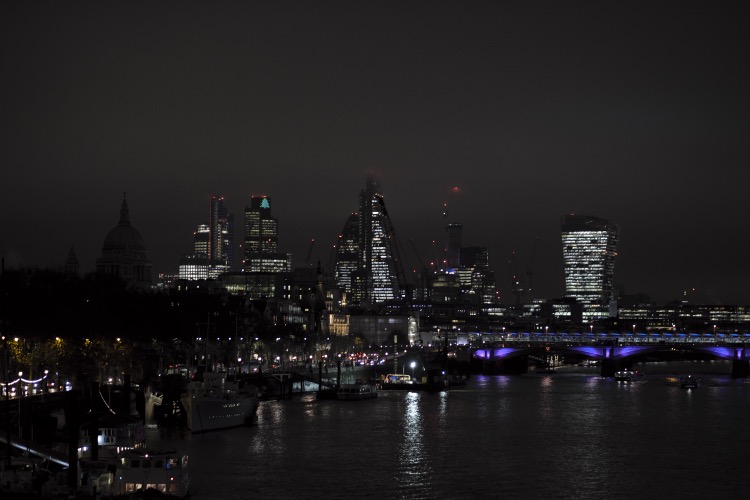
Some notes and thoughts inspired by listening to a panel discussion in London on 23/01/18:
Activity at night is more elective, personal and diverse in nature than during the day. Many public spaces are officially closed at night introducing a reliance on private space and commercial venues.
The night time economy requires a large (and often overlooked) body of workers and infrastructure. Opportunities for night workers to engage with the city are more limited (parks and shops are closed, food outlets often lack healthy options, fewer opportunities for contact).
There has been a reduction by 25% of pubs and 50% of nightclubs in the past decade due to a combination of factors including; increased rent; more stringent policing and licensing requirements; complaints from new residents about existing premises (the latter being addressed by mayoral policy to ensure existing uses are preserved).
Nocturnal activity is often thought of in terms of youth entertainment, there should be more consideration of the wider population including those who want to rest at night.
Quietude and darkness need to be respected, disruption of the natural day/night cycle is also unhealthy for animals and plants. Nature is often poorly accommodated in the city – the stars have almost been eradicated – although the darkness and seclusion of nominally closed parks can provide the cover for non-commodified behaviour.
Legislation and bye-laws are often drafted misanthropically and enforced as if public gathering at night is inherently problematic. There is illicit behaviour at night but this might be considered as a necessity in a dynamic and open minded city.
Exclusion and marginalisation of the homeless and precarious groups occurs through aggressive or preventative measures (anti-sleeping furniture/spikes, wetting down).
Night markets and busy local café/restaurant environments are a prominent feature of foreign (especially asian) cities, these are frequented by a wide range of the population.
There is a huge flux in London’s population due to commuting. There can be 2-4 hours of nocturnal/twilight daily activity in transit. Can public infrastructure accommodate early morning and late evening activities?
The centre caters for touristic and occasional activities, the periphery needs to cater for residents’ day to day needs. Peripheral hubs should naturally become more diverse in their character to reflect the needs of local neighbourhoods.
Encouraging diversity points towards thinking about a network of smaller venues at night rather than expanding the role or opening hours of larger established institutions.
The centre may be a site for spectacular events but they can lead to a diminution of the city’s character and a distraction from nuances of the city.
I recall the feeling of safety walking through city centres with a noticeable residential population even in areas where there is very little street activity or poor lighting (Stockholm and Tokyo feeling especially safe, Lódz particularly uneasy).
Densification requires providing suitable areas for both daytime and nocturnal gathering by a larger and potentially more diverse population.